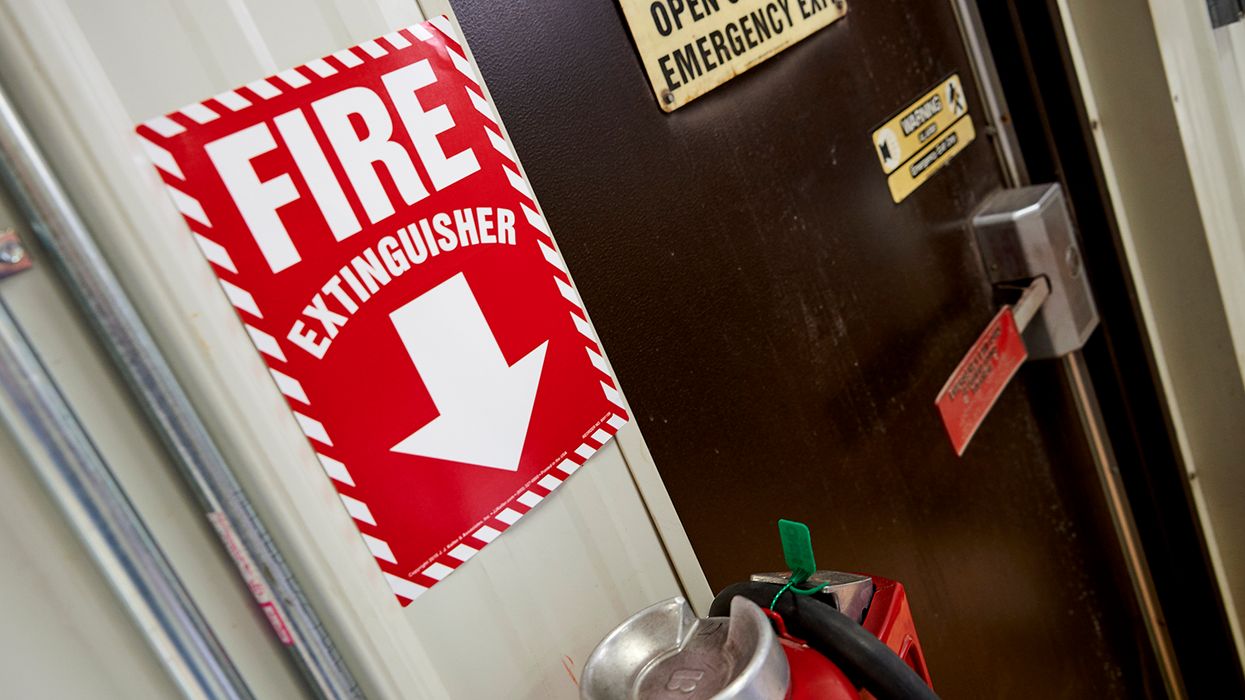Restrictions must affect routine functions to count as restricted work
Although it may seem counterintuitive, injured employees could be given restrictions that don’t hinder their ability to perform routine job functions and therefore don’t create a restricted work case on the OSHA 300 Log.
For example, an employee might have a knee injury that limits his ability to stand for long periods of time. However, if his job primarily involves sitting at a workstation, the injury may not interfere with his duties. To count as a restricted work case, the injury must restrict one or more “routine job functions,” defined by OSHA as activities the employee regularly performs at least once per week.
OSHA has addressed several scenarios involving work restrictions, and the responses may surprise you.
Example scenarios
An employee hurt his left arm and was told by the doctor not to use that arm for a week. The employee could still perform all routine job functions using only the right arm, but worked at a slower pace. OSHA said this would not be a restricted work case if the employee did, in fact, perform all routine job functions. A loss of productivity is not considered restricted work. If the employer could not accommodate the limitation and assigned light duty that temporarily eliminated a routine function, then it would be a restricted work incident.
In another case, an injured employee was given a lifting restriction of 20 pounds. That restriction would affect his job only if he rotated into a different position during an equipment breakdown, which happened once or twice per month. Again, OSHA said this was not a restricted work incident because routine functions are activities performed at least once per week. Since the restriction affected duties performed only once or twice a month, it did not affect a routine job function.
For related information, see our article, Can I get a second opinion? I want to delete an OSHA recordable.
Job descriptions
Employers often provide job descriptions to help doctors evaluate restrictions. However, the “essential functions” in a job description are not necessarily “routine functions” as defined by OSHA. For example, a job description might require the ability to lift 50 pounds, but if that task arises only twice per month, it’s not a routine function.
Generally, a doctor should describe restrictions rather than declaring that an employee “cannot work.” Employers can provide a job description and ask for recommendations regarding specific duties, but only the employer knows whether those duties are routine functions.
OSHA addressed that point in a Letter of Interpretation dated June 23, 2006. The letter stated, “Only the employer has the ultimate authority to restrict an employee’s work, so the definition is clear that, although a health care professional may recommend the restriction, the employer makes the final determination of whether or not the health care professional’s recommended restriction involves the employee’s routine functions.”
Similarly, only the employer can determine whether accommodations are possible, so employers may assign restrictions as well as days away. For example, if the employer determines that a restriction prevents an injured employee from performing a routine function, it must record the injury as a restricted work case. If the employer cannot accommodate the restriction and sends the employee home, it must record the time as days away. For related information, see our article, If an injured employee requests a day off, is that Days Away?
Key to remember: Restrictions on job duties must affect routine functions to count as restricted work cases on the 300 Log, and the employer makes that determination.



















































